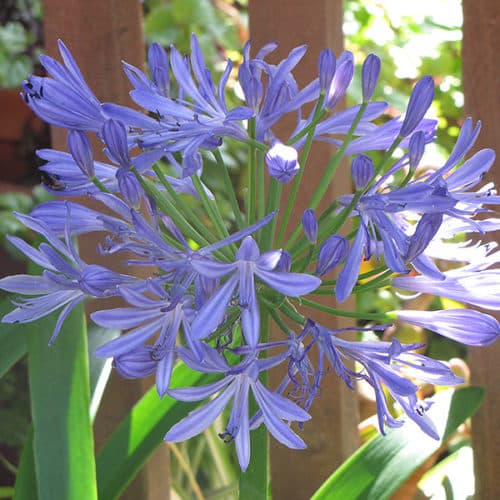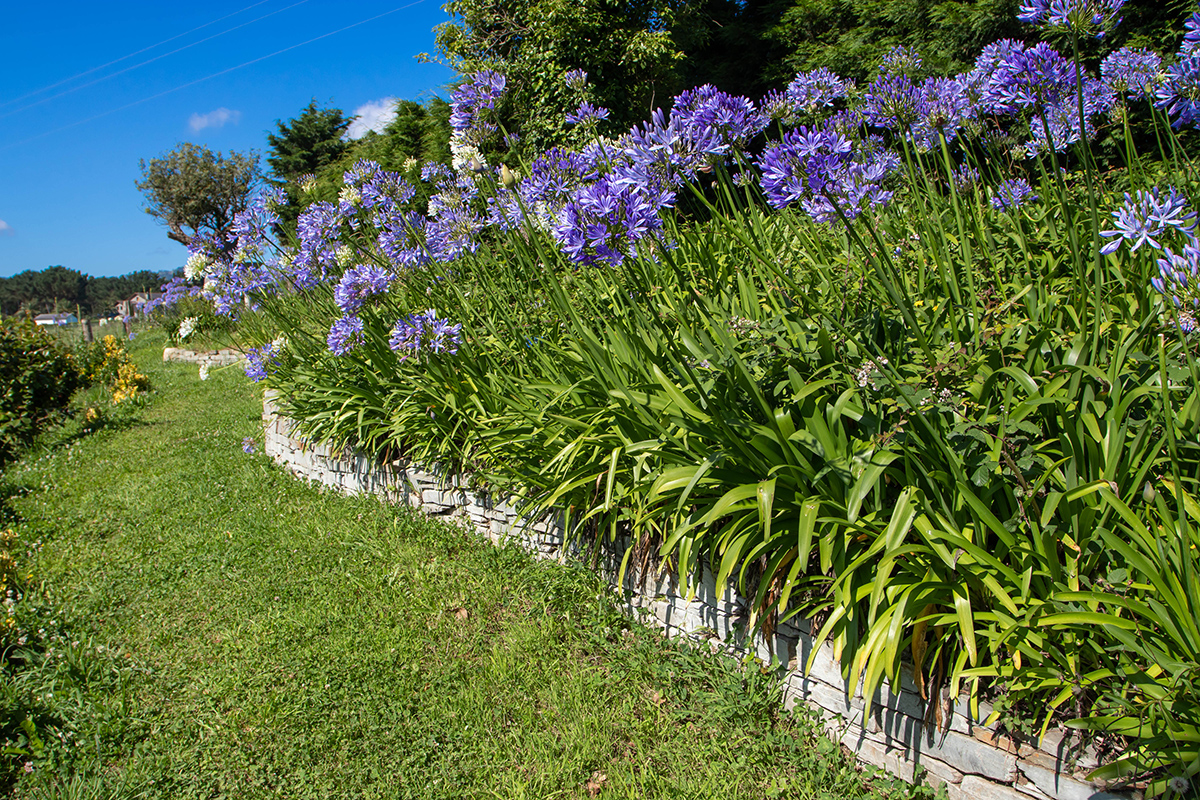Agapanthus Growing Problems: Dirt, Sunshine, and Watering
Agapanthus Growing Problems: Dirt, Sunshine, and Watering
Blog Article
Mastering the Art of Agapanthus Care: Necessary Actions for Healthy Growth and Dynamic Blossoms
In the world of cultivation, the farming of agapanthus stands as a fulfilling venture for those who seek to nurture these elegant flowering plants. From picking the appropriate variety to mastering pruning techniques, the journey in the direction of growing growing agapanthus plants is complex and holds the crucial to unlocking the full possibility of these agricultural gems.

Choosing the Right Agapanthus Selection

When picking the appropriate Agapanthus range for your garden, think about aspects such as climate viability, blossom shade, and development behavior. Furthermore, take into consideration the climate in your region to make sure the Agapanthus variety you select can prosper in your specific conditions. Recognizing the growth practice of various Agapanthus ranges is crucial for correct positioning within your yard.
Suitable Planting Problems
Taking into consideration the optimal environmental demands is vital for successful Agapanthus growing. Agapanthus grows in well-draining soil with a somewhat acidic to neutral pH degree. When growing, pick an area that receives complete sunlight to partial color. In hotter climates, supplying some afternoon shade can stop scorching of the fallen leaves. Agapanthus plants are sensitive to cool temperatures and should be secured from frost during winter season months.
To ensure healthy development and vivid blossoms, plant Agapanthus bulbs at a depth of regarding 2-4 inches and space them 8-12 inches apart. Mulching around the base of the plants assists maintain dampness and suppresses weed growth.
Watering and Feeding Tips
Preserving proper moisture levels and offering essential nutrients are crucial components in the care routine for Agapanthus plants. It is essential to strike an equilibrium when it comes to watering Agapanthus. These plants like consistently wet soil but are prone to root rot if overwatered. Throughout the growing period, water deeply once a week, guaranteeing the soil is well-draining to stop waterlogging. In hotter environments or throughout durations of dry spell, even more frequent watering may be essential to keep the soil uniformly wet. However, minimize watering in the winter season to stop water logged problems.
Feeding Agapanthus is crucial for advertising healthy development and respected flowers. Use a well balanced plant food, such as a 10-10-10 formula, in the very early springtime as new development arises. By complying with these watering and feeding tips, you can guarantee your Agapanthus plants grow and produce dynamic, durable blooms.
Pruning Methods for Agapanthus
Pruning Agapanthus plants at the proper times and with correct strategies is important for preserving their health and promoting optimum growth and flowering. The optimal time to prune Agapanthus remains in late see it here winter months or early springtime prior to new development emerges. Beginning by removing any type of dead or yellowing leaves near the base of the plant. Cut them as close to the ground as possible without damaging the emerging shoots.
For flowered stems, wait up until the blossoms have withered and afterwards trim them back to the base. This not only tidies up the plant's appearance yet likewise urges the growth of new blossom buds. Deadheading spent flowers can also redirect the plant's energy right into producing more flowers instead than establishing seeds. Nonetheless, if you want to accumulate seeds for proliferation, leave some blossoms to completely dry and fully grown on the plant.
Bear in mind to use tidy, sharp devices to make exact cuts and reduce the danger of introducing conditions. Agapanthus. Normal trimming will certainly aid maintain your Agapanthus looking healthy and balanced and cool while making certain a bountiful display screen of attractive blooms
Dealing With Typical Insects and Conditions
After guaranteeing proper trimming techniques for Agapanthus, it is necessary to address usual parasites and conditions that can impact the health and wellness and vitality of these plants. One usual parasite that influences Agapanthus is the Agapanthus gall midget.
Additionally, Agapanthus plants can endure from origin rot if they are grown in useful site badly draining pipes soil. By being cautious and taking prompt action against parasites and diseases, you can aid your Agapanthus plants thrive and generate vibrant flowers. Agapanthus.

Verdict
In conclusion, understanding the art of agapanthus treatment involves choosing the ideal range, offering optimal planting conditions, appropriate watering and feeding, ideal pruning methods, and addressing typical pests and illness. By adhering to these necessary actions, you can make sure healthy and balanced growth and lively blossoms for your agapanthus plants. Bear in mind to consistently keep track of and keep your plants to advertise their total well-being and long life.
To guarantee healthy development and lively blossoms, plant Agapanthus bulbs at a depth of regarding 2-4 inches and area them 8-12 inches apart. By following these watering and fertilizing tips, you can ensure your Agapanthus plants flourish and Discover More Here produce dynamic, long-lasting flowers.
One typical pest that influences Agapanthus is the Agapanthus gall midget. Furthermore, Agapanthus plants can experience from root rot if they are planted in inadequately draining soil. By following these necessary steps, you can guarantee healthy development and vivid blossoms for your agapanthus plants.
Report this page